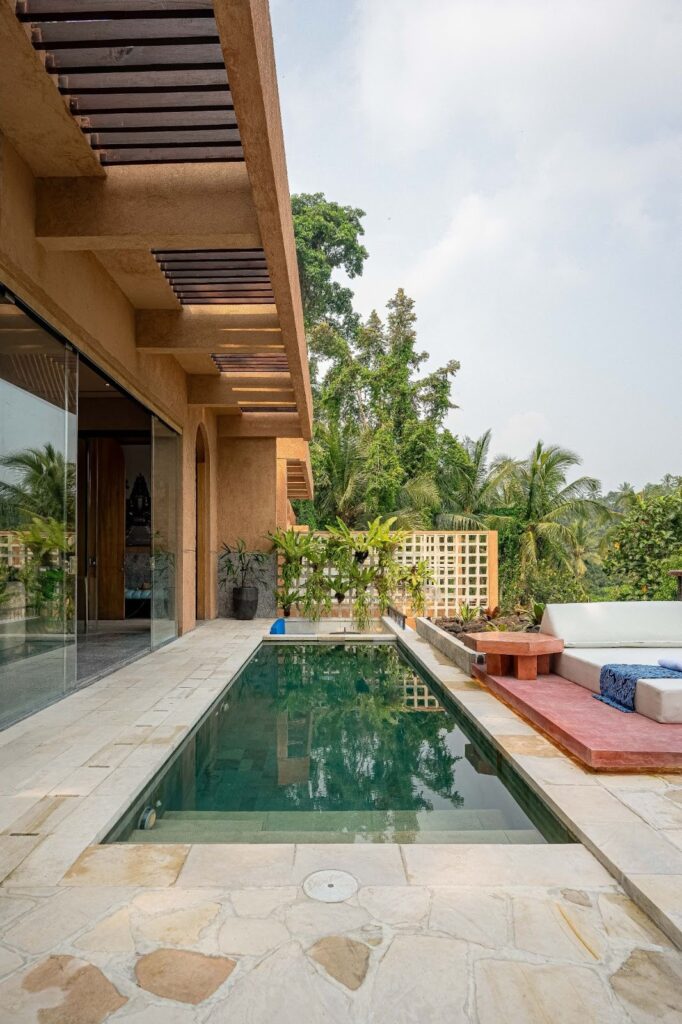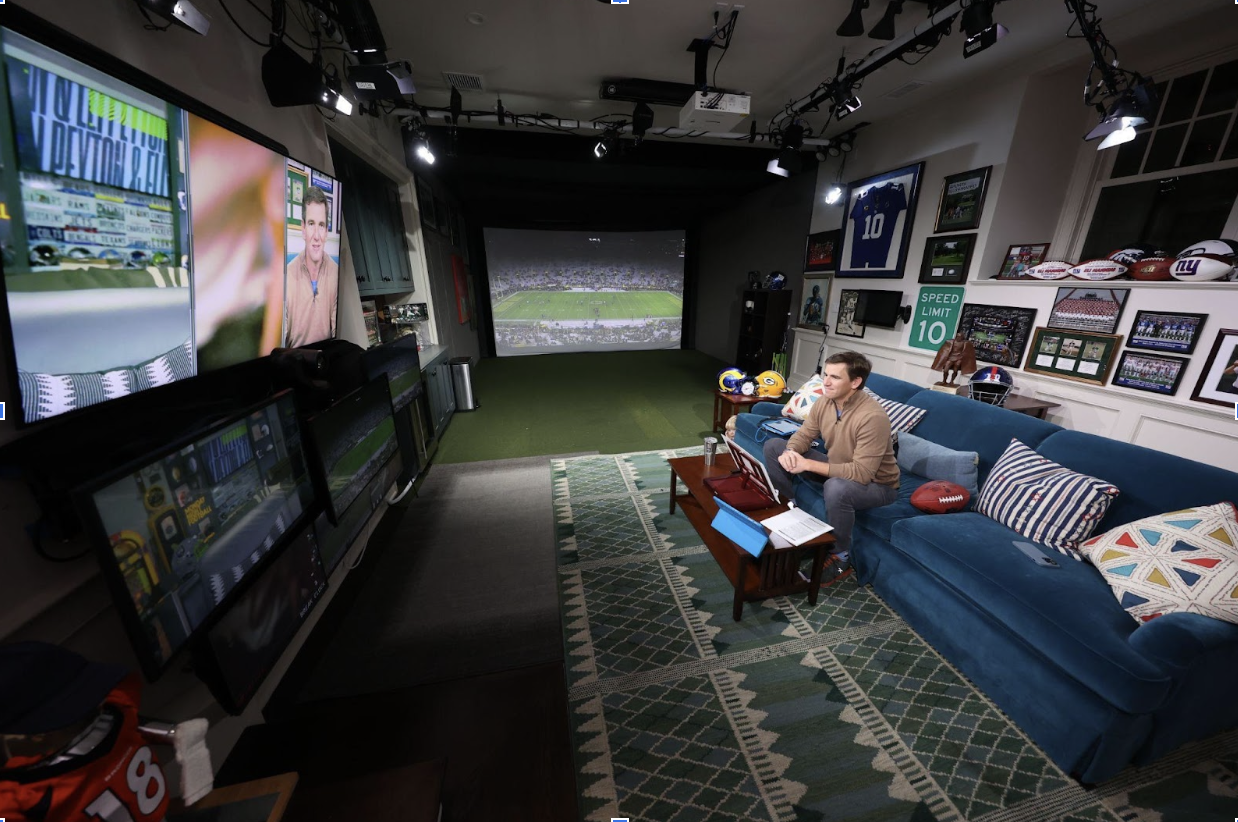Carol Rama “Seduzioni e Sortilegi” at Studio la Città, Verona
Studio la Città opens the spring season with a large retrospective exhibition dedicated to the artist Carol Rama, whose non-conformist and transgressive works have made a permanent mark on post-war Italy, influencing the work of some of the greatest intellectuals of the 20th century.
The exhibition, curated by Marco Meneguzzo, presents a series of works resulting from a careful selection made in collaboration with Pinuccia Sardi, president of the Sardi per l’Arte Foundation. Born in Turin in 2014, the Foundation promotes the work of prominent personalities, both famous and lesser-known, of the 20th-century art scene, as well as initiatives in support of young artists, critics, scholars and curators, and undertakes research to recover documents and archives.
In 2019 the Sardi per l’Arte Foundation purchased from the heirs the contents of the artist’s studio house, lending it to the Archivio Carol Rama, which today manages it and enables public access to it. With this exhibition, Studio la Città brings Carol Rama’s restless world to Verona for the first time and, for the occasion, chooses to reconfigure its large open space with an ad hoc installation to recreate the intimacy of the house.
Carol Rama’s house in Via Napione in Turin and the contained objects have played a very important role in the life and work of the artist who, over the years, has transformed her home into a total work of art.
For this reason, the exhibition features a dedicated section with 12 photographs by the artist Bepi Ghiotti from the series Inside Carol Rama. Ghiotti’s works, courtesy of Galerie Isabella Bortolozzi have been realized over two years of photographic sessions inside Carol Rama’s house and they allow us to silently enter into the intimate space of the studio. In these shots, the rooms’ darkness deliberately prevails: the camera is still on the tripod to let the images to be impressed onto the recording medium, almost by osmosis.
It has been a journey into Carol’s universe and her art: every molecule of air in this house evokes Carolina, not only the objects and their arrangement but also the molecules of still, stale air in the dark, hidden corners, under the piles of magazines, among the painting tools, the boxes […], says the photographer.
Another photographic look inside Rama’s home-studio is represented by the black and white shots taken by Roberto Goffi, part of a series titled La Casa di Carol, created using the lens of a old bellows camera from the 1930s, that belonged to his father.
Carol Rama lives in a house that is no longer a house but a museum. A house blackened by time, of velvety blackness that only smoke can bestow, restoring the depth of bottomless abysses and the receptacles of ghosts; a labyrinthine house of represented and crystallised stories, sealed around the memories, the encounters, the loves.
In spite of a wealthy bourgeois childhood (Rama was the daughter of an entrepreneur who was involved in the automotive industry at the time), the artist soon had to deal with difficult family events, including her mother’s psychiatric treatment and her father’s presumed suicide. Her art thus became a way of exorcising suffering and inner fears.
Work, painting, for me, has always been something that allowed me to feel less unhappy, less poor, less ugly, and also less ignorant… I paint to heal myself.
This exhibition aims to retrace the key moments in Carol Rama’s career through the works and techniques that have characterised significant stages of her artistic and personal life, from the early erotic watercolours, to the haptic works of the 1960s and 1970s sprinkled with disturbing presences, such as small glass eyes or rubber inner tubes, to the most recent engravings.
At Studio la Città, Verona
until June 4, 2022



